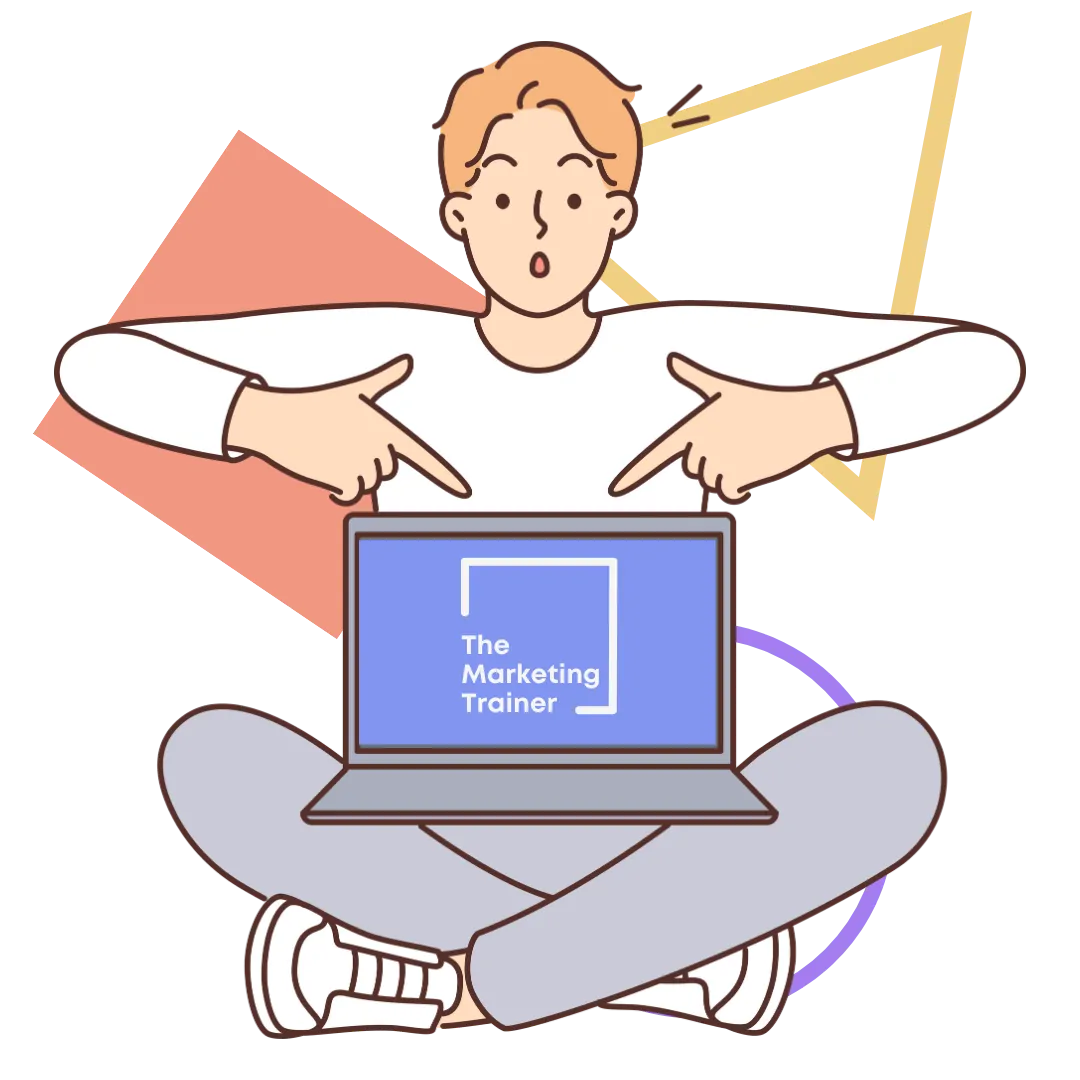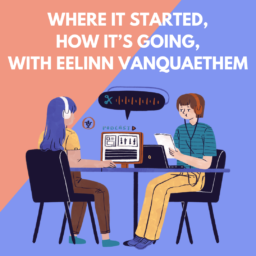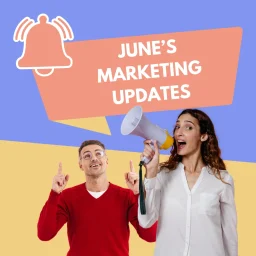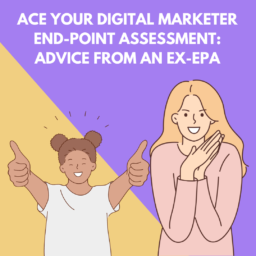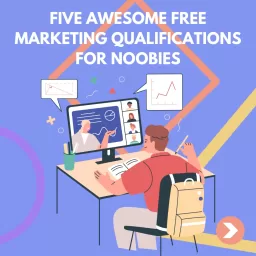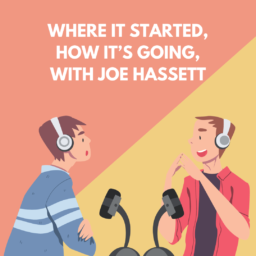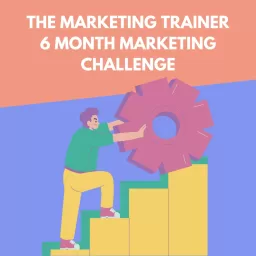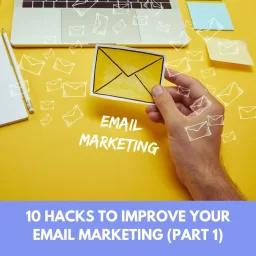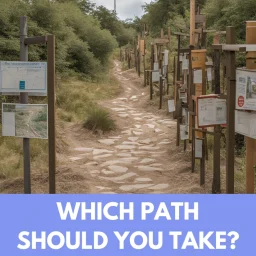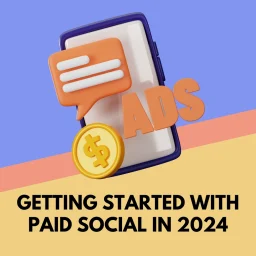If you want the inside scoop on portfolios and how best to build your portfolio for your Digital Marketer apprenticeship then you’ve come to the right place. In this guide I’m going to tell you all you need to know about preparing your portfolio so that you can one, wow your End-Point Assessor; two, ensure that you’ve got everything you need in there; and three, you work smart, not hard. My main aim with this guide to to keep everything simple. This is because a lot of learners, employers, and training providers, overcomplicate what is required within the portfolio.
Why should you trust me?
My name’s Mitch and I’m the Co-Founder of The Marketing Trainer. I’ve got around eight years of experience as an Assessor / Coach within apprenticeships and I’ve helped over 300 learners go through their End-Point Assessments. Add to this that I’ve also been an End-Point Assessor and have seen everything from the other side of the fence as well. It’s safe to say, I know my stuff when it comes to EPA. So, without further delay, let’s get into it.
What is a portfolio:
Your marketing portfolio is a document or collection of documents which demonstrate evidence of your on-the-job projects during your apprenticeship.
The aim of it:
The aim of your portfolio is to showcase your best work over the duration of your apprenticeship. It’s designed to demonstrate evidence toward all of the minimum requirements of the competencies from the Digital Marketer apprenticeship standard. Obviously, you want to provide more than the minimum if you can. It’s that simple. Think of it as a tick-box activity. Not in the respect that it’s a trivial task, but that you have X amount of competencies, and you have to meet the requirements of them all.
Structure:
Typically, a well-structured portfolio looks something like this:
- Introduction to you, your role, your team, and your business;
- 3 – 5 End-to-end marketing projects which provide a majority of the evidence toward the competencies;
- Maybe a separate section for the remaining competencies which were difficult to document naturally. Typically, this is things like problem-solving or customer service;
- A closing statement which may include references to other work you’ve done or CPD.
Now that all seems very simple, and that’s because it is. The more you overcomplicate the portfolio, the more of a headache it will become. KISS (keep it simple, stupid) is one of my favourite acronyms.
Format:
A standard Word document, PDF, or PowerPoint works best. I’ve seen all manner of methods of presenting portfolios and they’re just not as efficient. I’ve seen video portfolios, websites, voice recordings, etc. The more complicated you make the portfolio the harder it is to mark and find evidence which means that your End-Point Assessor may miss important details. When it doubt, keep it simple and stick to the basics.
Types of evidence:
- Screenshots – The bread and butter of the portfolio. These will be accompanied by written accounts and narratives. They’re great for showing processes and examples towards the competencies. Try not to crop them down too much;
- Written accounts – Your screenshot’s partner in crime. You’ll use written accounts to tell the reader what you did, how you did it, why you did it, etc. Think the 5 Ws. You work in marketing, you’re going to want to get used to doing some writing at the end of the day.
- Videos – These are great, but keep them short if you can. There is nothing worse than getting a number of 45-minute-long videos to sift through. Make sure you use them effectively to demonstrate real-world activities or something that you’d like to narrate over. Also, remember to embed them into documents or supply the physical files at gateway;
- Audio recordings – Not so great. Avoid audio recordings if possible as you can achieve the same result by just using screenshots, written accounts, of a video.
End-to-end projects:
For the most part, you should be concentrating on documenting projects end-to-end. I like to refer to the process as showing the plan, do, and review of your campaigns. When you use this approach you’ll naturally work towards many more of the competencies in one go than doing tiny little projects all over the place. For example, someone showing and discussing the briefing, research, planning, execution, data collection, optimisations, and final review of a marketing project will likely work towards 90% of the competencies across the standard. In comparison, someone showing a quick process of popping some posts up on Instagram, maybe 20% of the competencies.
Depth and breadth:
In the assessment, we refer to the idea of depth and breadth, ie, that you’ve gained a lot of experience and expertise in a wide array of marketing. Now, this doesn’t mean that you can’t be specialised in one or two areas. I’ve given distinctions to many individuals who were specialists in say PPC, or email marketing. Ultimately, what you’re trying to demonstrate is the depth of knowledge and skills in one or two areas, think about the specialist areas’ competency, and breadth of experience in those areas with things like tools, approaches, tactics, etc. Basically, you won’t get a distinction because you have done little bits of everything. Don’t be a jack of all trades, master of none basically.
I’ve seen anything from 70-page portfolios to 350-page portfolios. But all I’ll say is this. More is not better. Focus on quality over quantity. There are many factors that contribute to the size and quality of a portfolio. But, you’re a marketer, so if you can’t cut content that you know isn’t as strong as it should be, then maybe you don’t have a distinction-level portfolio. Focus on showing depth and breadth and building the case that you’re a master in XY&Z.
External evidence:
If you’re going to submit external evidence please make sure that it is either submitted in folders along with the other files at gateway or it’s embedded into your documents. End-Point Assessors cannot assess external evidence. I’ve seen so many portfolios over the years using external links to videos on Youtube, etc. The issue is that Assessors cannot validate or authenticate that evidence, which renders it useless. And guess what, that likely means you’ve wasted a lot of time making it only for it to be unused.
How the Portfolio fits into EPA:
The portfolio is important to the final grading. It has a domino effect on many of the other elements of the assessment. If you’re missing evidence for example and competencies are incomplete, your interview will likely have to focus on filling those gaps. This means you won’t have as much time to enhance evidence to get that distinction. Your portfolio is also the demonstration of at least 12 months’ worth of experience. If it’s tiny or full of holes then the End-Point Assessor will have a tough job getting it over the finish line. There is no official weighting per se, but, consider it to be around 40% of your final grade followed by your interview.
My final piece of advice
Learn those competencies. The sooner you wrap your head around what you’ve got to show, the sooner you’ll be able to focus on quality and value over gap-filling. I used to recommend to all of my learners that they sit down with their manager and discuss each of the competencies and get an idea of how they’re going to collect evidence for each. I’d then sit down with them to review this information and talk to them about their ideas. If you’re ever in doubt, ask your coach for explanations. However, like I mentioned above, KISS, keep it simple, stupid. Here is my list of tasks you should complete to meet all of those pesky competencies:
- Introduction to you, your role, your team, and your business – this works largely toward the How competencies with one or two What;
- 3 – 5 End-to-end marketing projects which provide a majority of the evidence toward the competencies – This is where you’ll show most of your What, How, and With Whom competencies. Show tools you’ve used, examples of people you’ve worked with or spoken to, processes and systems you’ve followed, and as previously mentioned use plan, do, review;
- Maybe a separate section for the remaining competencies which were difficult to document naturally. Typically, this is things like problem-solving or customer service – This should be used to highlight anything awkward or that you couldn’t find 2/3 examples of, ie 3 examples of problems. You may have two examples in your projects and just need that final standalone example.;
- A closing statement which may include references to other work you’ve done or CPD – ties everything off and allows you to close the portfolio off with some references that your EPAer could use for questions in your interview. “So, tell me about this project you mention at the end of your portfolio.”.
There you have it
That’s my guide to the Digital Marketer portfolio. It’s worth noting that some of this advice will also be relevant to some of the other marketing standards that require portfolios. The upcoming Multi-Channel Marketer also uses a portfolio element. It’s slightly different in scope, but a lot of the advice above will still be relevant.
Anyway, if you’ve found this guide useful, be sure to share it with your other classmates or on socials. In the meantime, why not sign up for our newsletter to receive more of this content?
Interested in seeing more of our guides, advice, and articles on marketing apprenticeships?
Then sign up for our monthly newsletter. We’ll send you all the information on our latest stuff and general updates as well. Sign up below!
